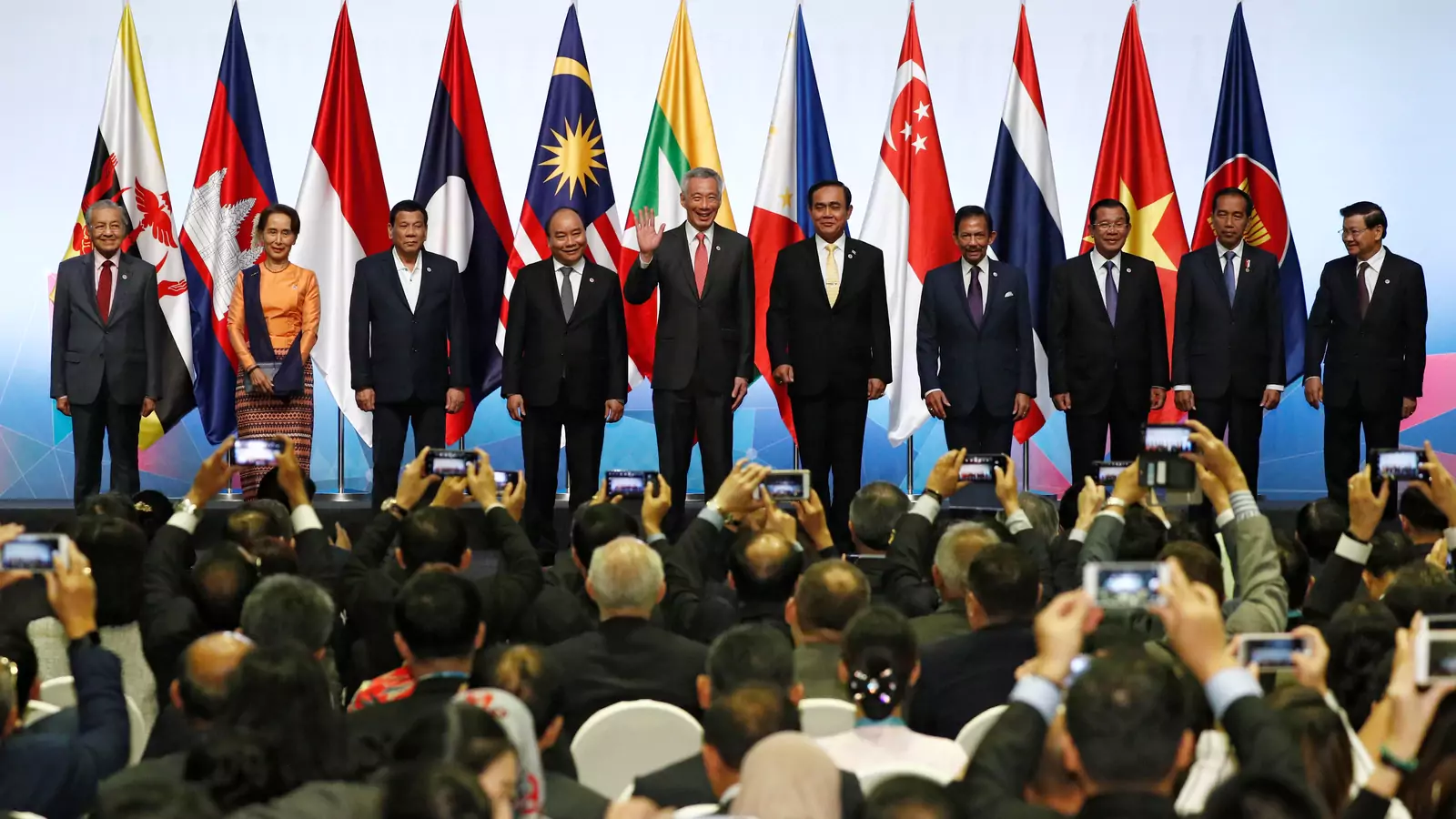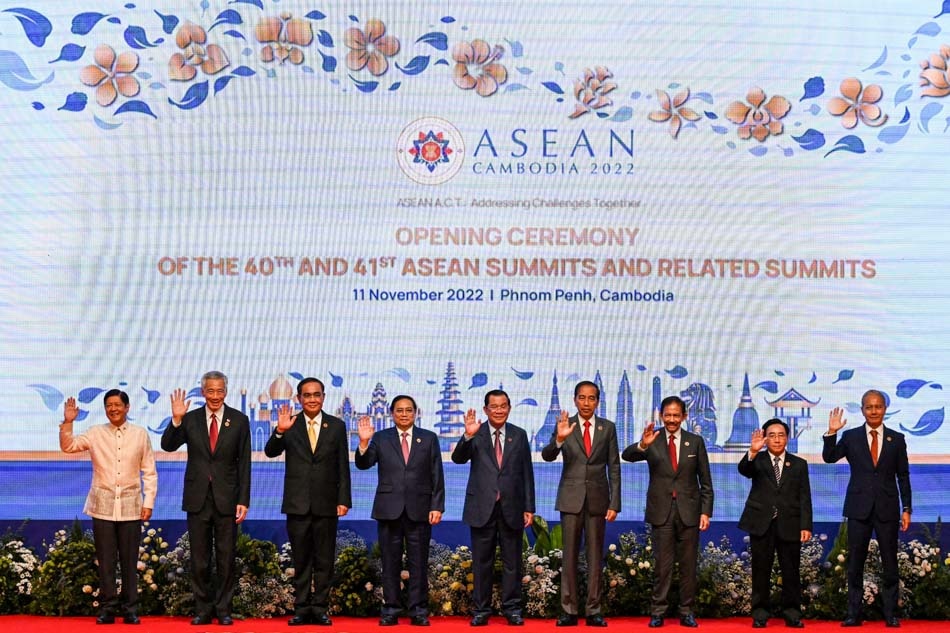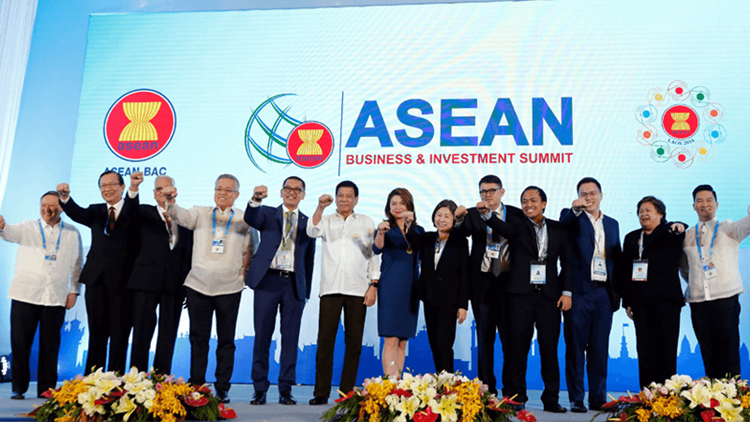Biden’s Absence Casts Shadow: ASEAN Summit to Tackle US-China Rivalry and South China Sea Issues

Biden’s Absence Casts Shadow: ASEAN Summit to Tackle US-China Rivalry and South China Sea Issues
The ASEAN summit comes at a challenging time for the region, with several pressing issues on the agenda. One of the most significant concerns is the ongoing crisis in Myanmar, where a deadly civil conflict has persisted for over a year, leading to widespread suffering and displacement. The ASEAN leaders will grapple with finding a solution to this crisis, which has tested the organization’s ability to address internal conflicts within member states.
Additionally, tensions in the South China Sea continue to simmer, with recent flare-ups adding to the complexity of the maritime dispute. ASEAN has been involved in efforts to mediate and promote stability in the region, but the situation remains precarious.
The ASEAN summit will extend beyond discussions among Southeast Asian leaders to include meetings with Asian and Western counterparts from Wednesday to Thursday. These broader meetings serve as a platform for addressing a wide range of global issues, including free trade, climate change, and global security. However, they have also become arenas for the ongoing rivalries between major powers such as the United States, China, and their respective allies.

Chinese Premier Li Qiang is expected to participate in these meetings, including the East Asia Summit, which comprises 18 member states. During this summit, he will have the opportunity to engage with U.S. Vice President Kamala Harris, who is attending in place of President Biden, as well as Russian Foreign Minister Sergey Lavrov. These interactions reflect the complex web of relationships and competing interests among major global players in the region.
President Biden’s decision to skip the ASEAN summit and instead attend the G20 summit in India followed by a visit to Vietnam has sparked discussions about the United States’ priorities in the region. The U.S. administration has emphasized that this decision does not signify a downgrading of its commitment to the Indo-Pacific or its relationships with Southeast Asian nations. Officials have cited ongoing efforts by President Biden to deepen America’s engagement with the region as evidence of its continued interest and commitment.
It’s important to note that the United States is actively involved in various regional forums and engagements in the Indo-Pacific, and its foreign policy approach in the region continues to be multifaceted, addressing a range of economic, security, and diplomatic issues. The decision to attend the G20 summit and visit Vietnam reflects the complex dynamics and priorities in the Indo-Pacific region, where the United States aims to balance its engagements with various countries and organizations.

President Biden’s previous engagements with ASEAN, such as his attendance at the summit meetings in Cambodia and the hosting of ASEAN leaders at the White House, were intended to signal the United States’ commitment to the Indo-Pacific region. However, his absence from the upcoming ASEAN summit has raised concerns and led to discussions about the bloc’s relevance.
ASEAN, historically known for its policy of non-alignment and its tradition of consensus-based decision-making, has found itself in a challenging position amid growing geopolitical tensions, especially between the United States and China. The bloc’s ability to maintain its unity and influence in addressing regional issues, such as the situation in Myanmar and disputes in the South China Sea, is being tested.
Marty Natalegawa’s comments reflect the concern among some observers that ASEAN’s role and relevance may be diminishing in the face of these complex regional dynamics. However, it’s worth noting that ASEAN remains an important platform for regional dialogue and diplomacy, and its future role will likely depend on its ability to adapt to changing circumstances and maintain its position as a key player in regional affairs.

Marty Natalegawa’s statement underscores a broader concern about the diminishing prominence of ASEAN in regional dynamics. While the absence of the U.S. president is symbolically significant, the structural challenges facing ASEAN are more worrisome. ASEAN was founded during the Cold War era with principles like non-interference in domestic affairs and decision-making by consensus, which can make it challenging to address complex regional issues effectively.
The principle of non-interference has been a double-edged sword, as it has helped maintain stability among member states but also hindered collective responses to crises like the situation in Myanmar. The consensus-based decision-making process, while promoting unity, can be slow and subject to the interests of individual member states.
As ASEAN continues to grapple with contemporary challenges and changing geopolitical dynamics, it will need to adapt and find ways to strike a balance between its principles and the need for more assertive and coordinated action on critical regional issues. Its ability to do so will determine its future relevance and influence in the Indo-Pacific region.

The diverse membership of ASEAN, encompassing a wide spectrum of political systems from democracies to monarchies, has been both a strength and a challenge for the organization. On one hand, this diversity reflects the region’s complexity and the willingness of nations with varied governance structures to cooperate. On the other hand, it has often limited ASEAN’s ability to take strong collective actions, particularly in cases of human rights abuses or state-sanctioned atrocities.
This diversity has sometimes led to internal disagreements and differing priorities among member states. ASEAN’s principle of non-interference and decision-making by consensus has meant that it cannot easily impose punitive actions against any of its members, even in the face of significant human rights violations or political crises.
As the geopolitical landscape evolves and new challenges arise, ASEAN faces the ongoing task of finding ways to balance its commitment to these bedrock principles with the need for more effective cooperation and action on regional issues. It’s a delicate balancing act that will continue to shape the organization’s role and influence in Southeast Asia and the broader Indo-Pacific region.




